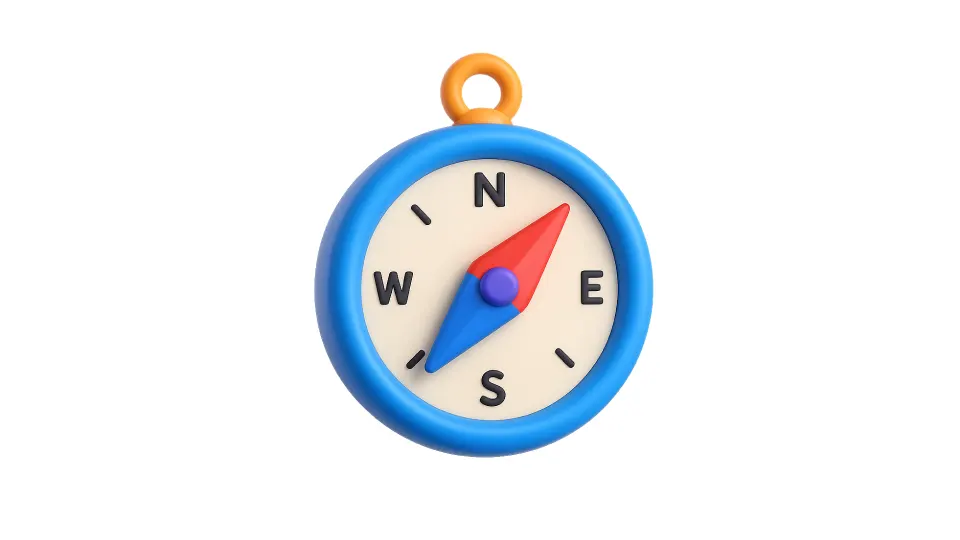When I graduated from design school, one of my professors gave me a piece of advice I’ll never forget:
“Don’t lose focus in your professional life. If you studied design, keep learning things that complement it. Don’t get distracted by what doesn’t add to your craft.”
Simple, but powerful. In the working world, opportunities to learn are endless — but not all of them will move you closer to your goals. A designer should grow through skills that expand their creative and professional perspective, not through distractions that pull them away from their essence.

The Core Idea
If you want to grow as a designer, seek out learning experiences that complement your foundation.
Photography, art, film, and digital tools are allies that strengthen your creative voice. If your goal is to advance your career, a cake-decorating class might be fun, but it won’t shape you professionally. Focus is what makes the difference.
Complementing Your Skills — and Why It Matters
Here’s what my professor meant, with a little bonus: not just what to learn, but why it matters.
It’s not about collecting certificates — it’s about understanding how each new skill connects to your design work. That’s the difference between random learning and intentional growth.
What Truly Adds to Your Design Career
- Art: Brings aesthetic, historical, and conceptual depth to your work, elevating your visual storytelling.
- Photography: Helps you evaluate and request better visual material for your projects, and make the most of every image.
- Film: Teaches visual narrative, framing, lighting, and storytelling, and how to tell stories with images.
- Typography: Sharpens your eye for choosing typefaces that reinforce meaning and tone.
- Color Psychology: Helps you use color strategically, understanding how it shapes perception and emotion.
- Writing: Strengthens your visual work through impactful copy — from taglines to microtext.
- Digital Tools: Help you stay agile by learning to integrate new technologies, platforms, and features as they emerge — because in design, new tools don’t appear every year, they appear every month.
The Risk of Losing Focus
When we chase skills unrelated to our field, we risk wasting time and energy that could have been invested in growth. Exploring other disciplines is healthy — it fuels creativity — but when it comes to professional development, your learning choices should align with your design path.
Understanding the UX Design Job Market
The UX design job market is evolving fast, with steady UX design job growth driven by industries investing in better digital experiences. Designers who build a focused skill set — combining creativity with data, accessibility, and strategy — are better positioned to thrive. Staying intentional about your learning path doesn’t just sharpen your craft; it future-proofs your career in a field that values adaptability as much as aesthetics.
The Decision That Changes Everything
Staying on track doesn’t mean limiting yourself — it means choosing wisely.
As designers, we get to build a toolkit that’s both broad and intentional — one that enhances our creative vision without scattering it.
Ask yourself:
👉 Does this bring me closer to my design path, or take me away from it? Answer that honestly, and you’ll never lose your direction.



